WPC Ply Board Compared to Plywood. Which One Works Best for Inside Spaces.
indowud2025-11-20T13:00:51+00:00People often wonder about WPC ply board. It stands for wood plastic composite board. This material gets made from mixing wood fibers with plastic polymers. Those come from thermoplastics. Traditional plywood relies on stacking wood veneers and gluing them together. WPC boards use recycled wood bits mixed with plastic resins instead. The result turns into a solid panel that’s even throughout. It stays dry in water, resists termites, and holds up well in today’s home setups.
When You Pick Materials. It Goes Beyond Just Choosing One.
Deciding on WPC ply board or regular plywood means thinking about the base for your home ideas. You want something solid for what you have in mind. These two choices come up a lot.
How They Perform. Where One Does Better Than the Other.
On Water Resistance.
WPC ply boards and Indowud nfc boards keep water out by nature. That makes them great for spots that get damp. Think kitchens or bathrooms and even balconies. The plastic part blocks any water from soaking in at all. Regular plywood gets treated sometimes with special glues that handle boiling water or marine use. Still, it can take in moisture after a while. That leads to swelling up or bending out of shape. Layers might come apart too. Indowud nfc on the other hand is a waterproof material. Hence suitable for exteriors & interior applications.
For Termites and Bugs.
WPC ply boards stay safe from termites and insects that eat wood. Nothing in the mix gives pests anything to chew on. Plywood comes from real wood, so it stays open to termite attacks. Chemical treatments help for a bit. But those fade over time. Indowud nfc board, is a termiteproof material forever. Made with ricehusk, It offers sustainable, ecofriendly product range, including boards and textured panels.
Strength in Structure.
Plywood holds strong for carrying heavy loads. Its layers cross over in a way that builds that power. The building world has trusted it for years now. WPC ply boards push back well against pressure too. They work fine for most inside furniture or setups that fit together. Heavy building parts might not suit them as much though. Indowud nfc boards are also strong, sturdy and available in multiple dimensions.
How Long They Last and Hold Up.
WPC ply boards avoid cracking or twisting like plywood sometimes does. They keep their size steady even when temperatures shift or air gets humid. Plywood’s life span ties close to the weather around it and how you care for it. WPC ply boards and Indowud nfc boards keep going strong with little wear. You can count on them for fifteen to twenty years or longer.
Looking at Costs. Upfront Spend Versus What You Get.
Regular plywood usually runs cheaper at first. Prices change with the quality level, how thick it is, and the type of wood. WPC ply boards and Indowud nfc cost more, often twenty to forty percent above good plywood. When you add in how long they last, no need for upkeep, and skipping fixes from water or bugs, WPC turns out to save money in the end.
Where Each Fits Best.
Go with WPC ply board or Indowud nfc Board when you need it for kitchen cabinets or wardrobes that face water. Bathroom sinks and storage work well too. Balcony furniture that sits outside some counts here. Places worried about termites make sense. Setups that run low on care and last a long time suit it. Basements or ground level spots benefit as well.
Pick plywood for heavy parts that hold weight in furniture. Dry spots on a tight budget fit it. Where you want that old style look matters. Easy spots for nails or screws come into play. Lighter weight projects favor plywood since it weighs less.
Thinking About the Environment.
WPC boards use up recycled wood scraps and plastics. That keeps stuff out of dumps. However the presence of wood, doesn’t entirely make it sustainable. They don’t break down naturally though. Plywood from forests managed well stays more friendly to nature since it can decompose. But it needs cutting trees down. Which one wins depends on what you care about most. Recycled parts or going back to earth naturally.
How to Install and Handle Them.
Plywood cuts easy and takes nails with regular tools. Workers know it inside out. WPC boards need special blades that tip with carbide. You might drill holes first for screws, which takes extra time. Still, cuts come out smoother without chips. Edges don’t need extra covering often because the board stays even all through.
Looks and How They Finish.
Plywood shows real wood lines that feel warm and classic. Homeowners like that touch. It takes color from stains or paint and covers with layers nicely. WPC boards look more even and factory made. They get topped with thin layers or coatings instead of stains mostly. If you want true wood style, plywood pulls ahead. Indowud nfc looks like plywood with grains on it mimicking real wood. It is easily paintable, printable and can overlay laminate /veneer on top of it.
Mixing Them Together.
Designers today blend both in smart ways. WPC plyboard & Indowud nfc for damp spots and bottom storage. Plywood up top or for main supports. That way, you get the best from each and watch the budget.
Building stuff keeps changing. WPC ply boards fix old issues with wood goods. Waterproof and bug safe panels get easier to find. Homeowners who think ahead pick them over plywood. They value holding up and calm over cheap starts.
Your inside spaces need stuff that works as good as it looks. Pick based on what you really require. Not just what’s popular or the lowest price.

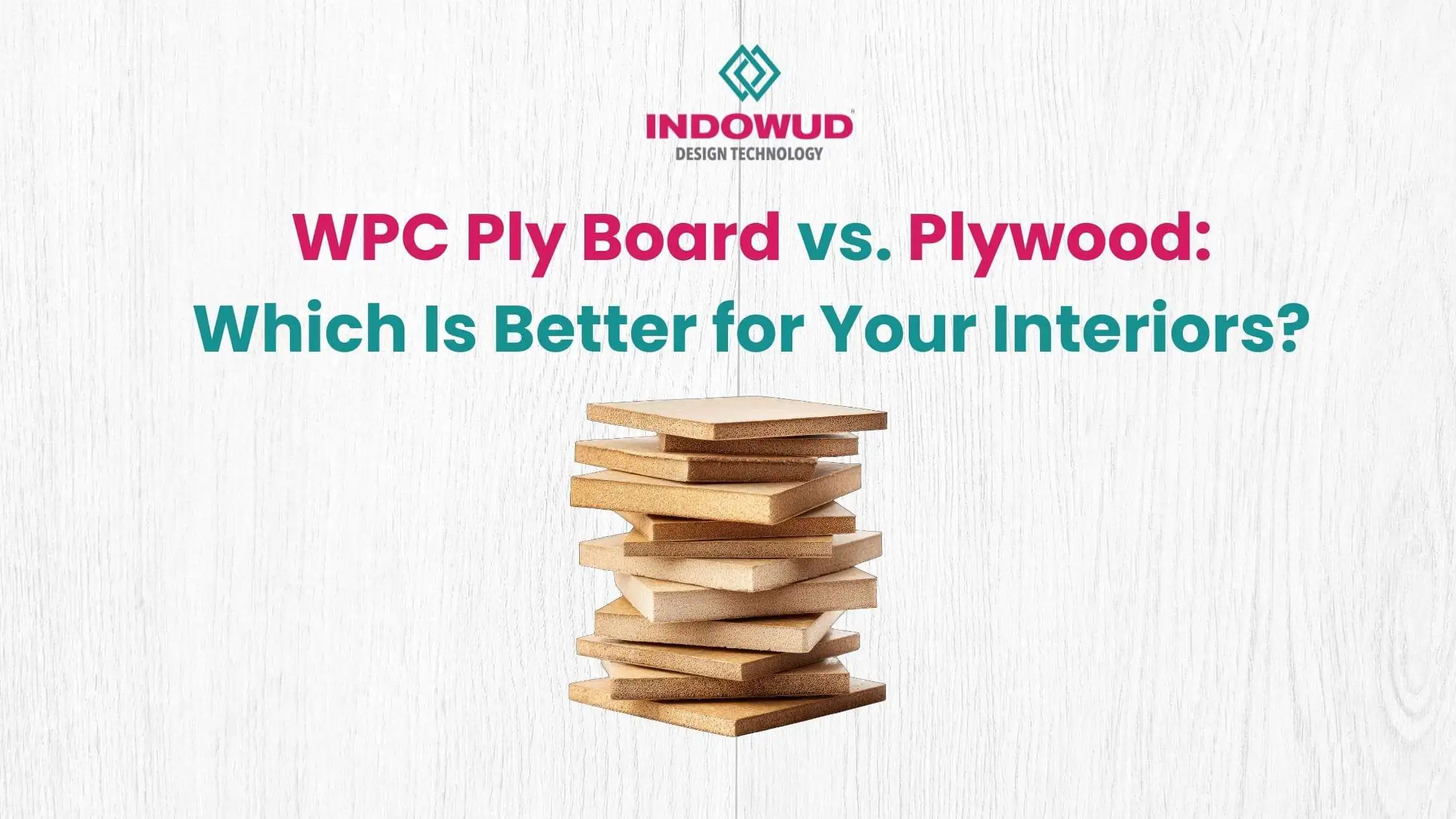
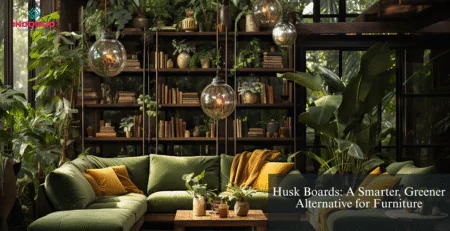
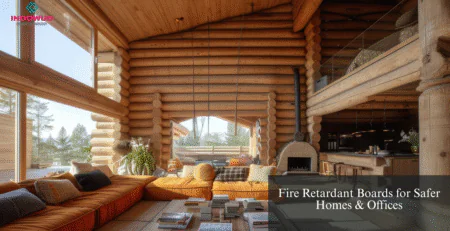
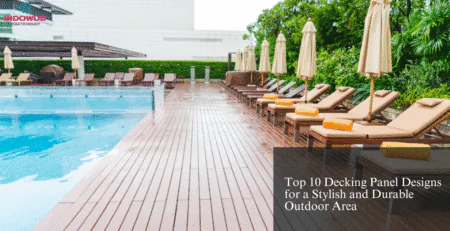
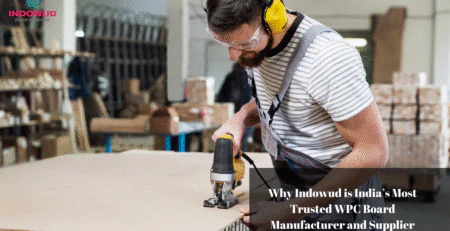

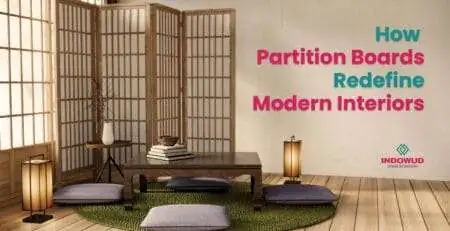

Leave a Reply